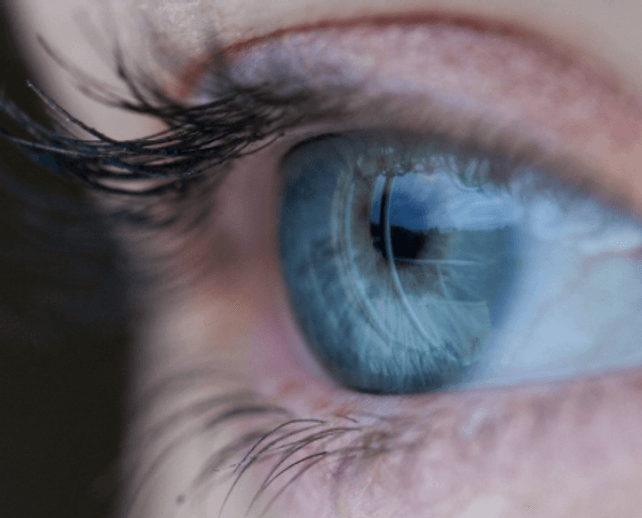Blepharitis is a common eye condition characterized by inflammation of the eyelids, particularly at the base of the eyelashes. It can cause discomfort, redness, and irritation, and is often a chronic condition that requires ongoing management. Here’s a detailed guide to understanding and managing blepharitis:
Blepharitis is the inflammation of the eyelids, usually affecting the area where eyelashes grow.
It can be classified into two types: Anterior Blepharitis: Affects the outside front of the eyelid, where eyelashes attach. Posterior Blepharitis: Affects the inner eyelid, involving the meibomian glands.
Red and swollen eyelids: The eyelids may appear irritated and puffy.
Itching or burning sensation: Persistent discomfort in the eyes.
Crusty or greasy eyelashes: Especially noticeable in the morning.
Watery or dry eyes: Due to irritation of the eye surface.
Gritty or foreign body sensation: Feeling like there’s something in the eye.
Sensitivity to light: Eyes may become more sensitive to bright light.
Bacterial Infection: Overgrowth of bacteria on the eyelids.
Meibomian Gland Dysfunction: Blockage or improper function of the oil-producing glands in the eyelids.
Skin Conditions: Seborrheic dermatitis or rosacea can contribute to blepharitis.
Allergies: Allergic reactions to makeup, eye drops, or environmental factors.
Eyelash Mites (Demodex): Microscopic mites that live in hair follicles, including eyelashes.
Physical examination: The doctor will inspect the eyelids and eyelashes for signs of inflammation.
Meibomian gland evaluation: To check for blockages or dysfunction.
Slit-lamp examination: A specialized microscope to examine the eye surface and eyelids.
Warm compresses: Apply a warm, damp cloth to the eyelids for 5-10 minutes to loosen crusts and open glands.
Eyelid scrubs: Use a gentle cleanser or baby shampoo to clean the eyelid margins.
Antibiotic ointments or drops: To treat bacterial infections.
Steroid eye drops: For severe inflammation (used short-term).
Oral antibiotics: For persistent or severe cases, especially posterior blepharitis.
To relieve dryness and discomfort.
Lipiflow: A thermal pulsation treatment to unblock meibomian glands.
Intense Pulsed Light (IPL): For severe cases of posterior blepharitis.
Maintain good eyelid hygiene to prevent flare-ups.
Avoid rubbing your eyes, as this can worsen irritation.
Remove eye makeup thoroughly before bed.
Follow your doctor’s treatment plan and attend regular check-ups.
Turkey is a leading destination for medical tourism, offering advanced treatments for blepharitis at affordable costs. Here’s what you need to know about managing blepharitis in Turkey:
Expert Ophthalmologists: Turkey has highly skilled specialists in eye diseases, including blepharitis.
Advanced Technology: Hospitals are equipped with state-of-the-art diagnostic and treatment tools.
Affordable Costs: Treatment costs in Turkey are significantly lower than in many Western countries.
Comprehensive Care: From diagnosis to post-treatment follow-up, Turkish healthcare providers offer holistic care.
Eyelid Hygiene and Medications: Warm compresses, eyelid scrubs, and prescription medications.
Advanced Therapies: Lipiflow and IPL treatments for severe or chronic cases.
Surgical Options: Rarely needed, but available for complications like chalazion (eyelid cyst).
Research and choose a reputable hospital or clinic with experience in treating blepharitis.
Consult with a specialist to determine the best treatment plan for your condition.
Plan for a stay of at least 1-2 weeks for treatment and follow-up appointments.
Check if your insurance covers international treatments or inquire about hospital payment plans.
Blepharitis is a chronic but manageable condtion. With proper eyelid hygiene, medications, and advanced treatments, symptoms can be effectively controlled. Turkey offers high-quality and affordable care for blepharitis, making it an excellent choice for international patients. Early diagnosis and consistent treatment can help maintain eye health and improve quality of life.
If you have further questions or need assistance, feel free to reach out to a healthcare professional or a trusted medical tourism agency in Turkey.
